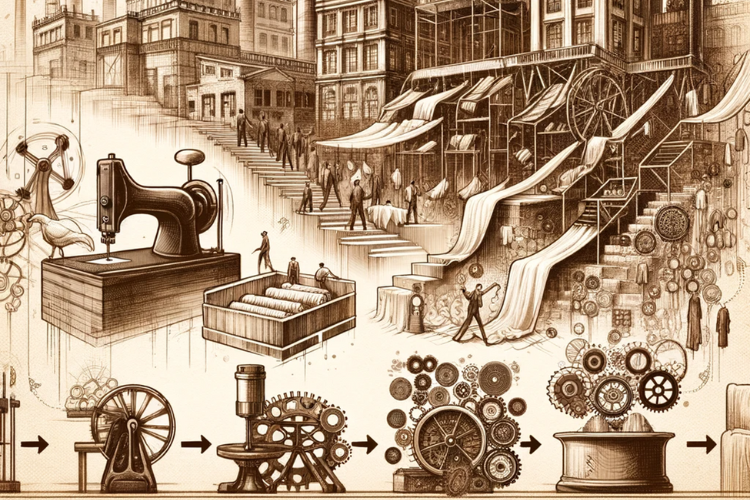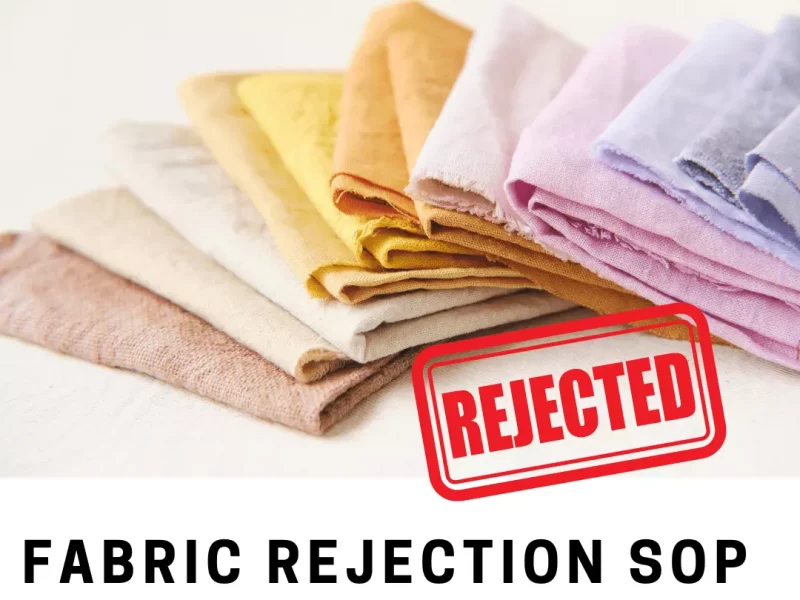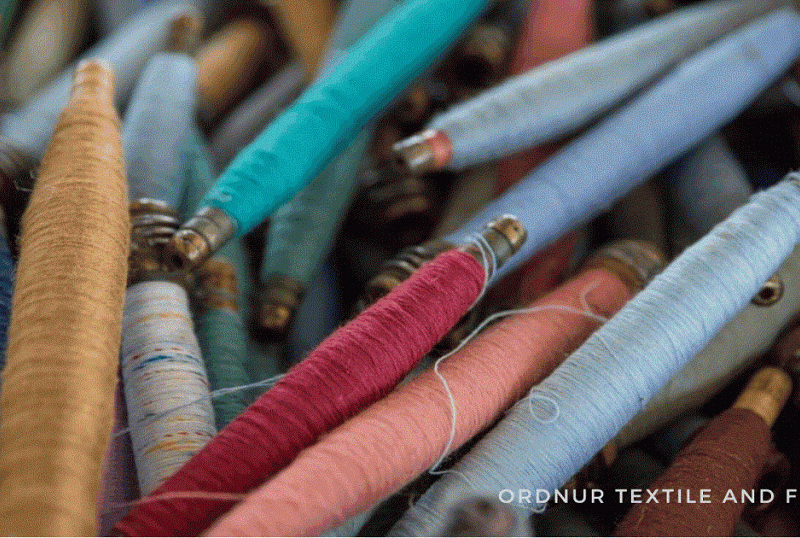The relationship between the NASDAQ 100 and the textile industry represents a groundbreaking shift in the role of technology and finance within traditional markets. The NASDAQ 100, a beacon of technological and entrepreneurial progress, is increasingly pivotal in shaping the future of the global textile market. This exploration delves into the intriguing blend of innovation and financial expertise that the NASDAQ 100 brings to the textile industry, profoundly altering its trajectory. An insightful look at the nasdaq futures chart further illuminates the impacts of these changes.
The Evolving Textile Market: A Deeper Look
Witnessing the textile industry swell from USD 723 billion in 2023 to an anticipated USD 859 billion by 2028 is a clear indicator of its dynamic nature, propelled by factors well beyond consumer demand. This expansion is intricately linked to:
- The adoption of state-of-the-art material sciences.
- Digital technologies boosting manufacturing and supply chain efficiencies.
- A shift in consumer preferences towards eco-friendly textile products.
This fusion of traditional practices with modern technological solutions is ushering in a plethora of new opportunities and challenges, signifying a substantial transformation in the industry’s fabric.
NASDAQ 100’s Influence on the Textile Industry
Strategic Investments and Technological Partnerships
The NASDAQ 100’s foray into the textile sector is redefining the industry’s financial and operational landscapes. Strategic investments and collaborations initiated by NASDAQ 100 companies are bringing about a revolution in textile manufacturing and distribution. This fusion of finance and fabric is heralding a new chapter in textile production, characterized by heightened efficiency, innovation, and sustainability.
In-Depth Analysis: Technological Advancements and Integration
Focusing on specific cases, this section examines how Nasdaq 100 investors have been instrumental in driving groundbreaking advances in textiles for startups that are transforming materials science and the industry they support the integration of AI and IoT into textile manufacturing creating a landscape where technology gives more traditional textile methods, . paving the way for innovative clothing projects using sustainable technologies
Revolution in textile technology
Technological innovation led by NASDAQ 100 companies is at the forefront of changes that are transforming the textile industry. Key developments that are redefining textile production, distribution and consumption include:
- The benefits of AI for insightful market trend analysis and understanding of consumer preferences.
- Using IoT to increase supply chain efficiency.
- Manufacturers used advanced robotics to maximize accuracy, waste reduction and efficiency.
These innovations make clothing smarter, more sustainable, and more adaptable to changing consumer needs.
Emerging sustainable apparel and increased investor interest
Investor interest in sustainable clothing is driving a major shift in the direction of the industry. We delve into the reasons for this change:
- Shift to organic recycling.
- Growing demand for transparency in product development.
Technological advances make it easier to produce garments with less environmental impact. Innovation in textile manufacturing and dyeing reduces consumption, marrying ethical manufacturing with economic efficiency.
The Asia Pacific Textile Renaissance
The Asia Pacific region is experiencing a major shift in its textile sector, fueled by economic growth and changing fashion trends. An in-depth look at the factors driving this transformation reveals:
- The blend of cost-effective labor with advanced textile technologies.
- The emerging middle class’s diverse textile demands.
- Governmental support through subsidies and favorable trade policies.
The focus on quality and the adoption of sustainable and cutting-edge technologies in the region are setting new benchmarks for the global textile industry.
Future Projections: Textiles and NASDAQ 100 – Pathways to Growth
The alliance between the NASDAQ 100 and the textile industry is set to strengthen, anchored in innovation and sustainable practices. We explore the future trends that will define this relationship:
- The incorporation of nanotechnology in fabric production, enhancing properties like water resistance and durability.
- The convergence of textiles with wearable technology, opening up new market opportunities.
These trends are reshaping not just the functional aspects of textiles but also their marketing and consumption.
Looking Forward: The Impact of Technology and Finance on Textiles
Reflecting on the substantial impact of the NASDAQ 100 on the textile industry, it’s evident that the shift from traditional manufacturing to a technology-driven, sustainable approach marks a significant evolution in the textile sector. The potential for growth in both industries is vast, driven by technological innovation and eco-friendly practices. This collaboration is a testament to the possibilities that unfold when traditional industries embrace technological advancements, with effects extending far beyond the immediate stakeholders and signaling a broader trend of technological integration in traditional markets.



